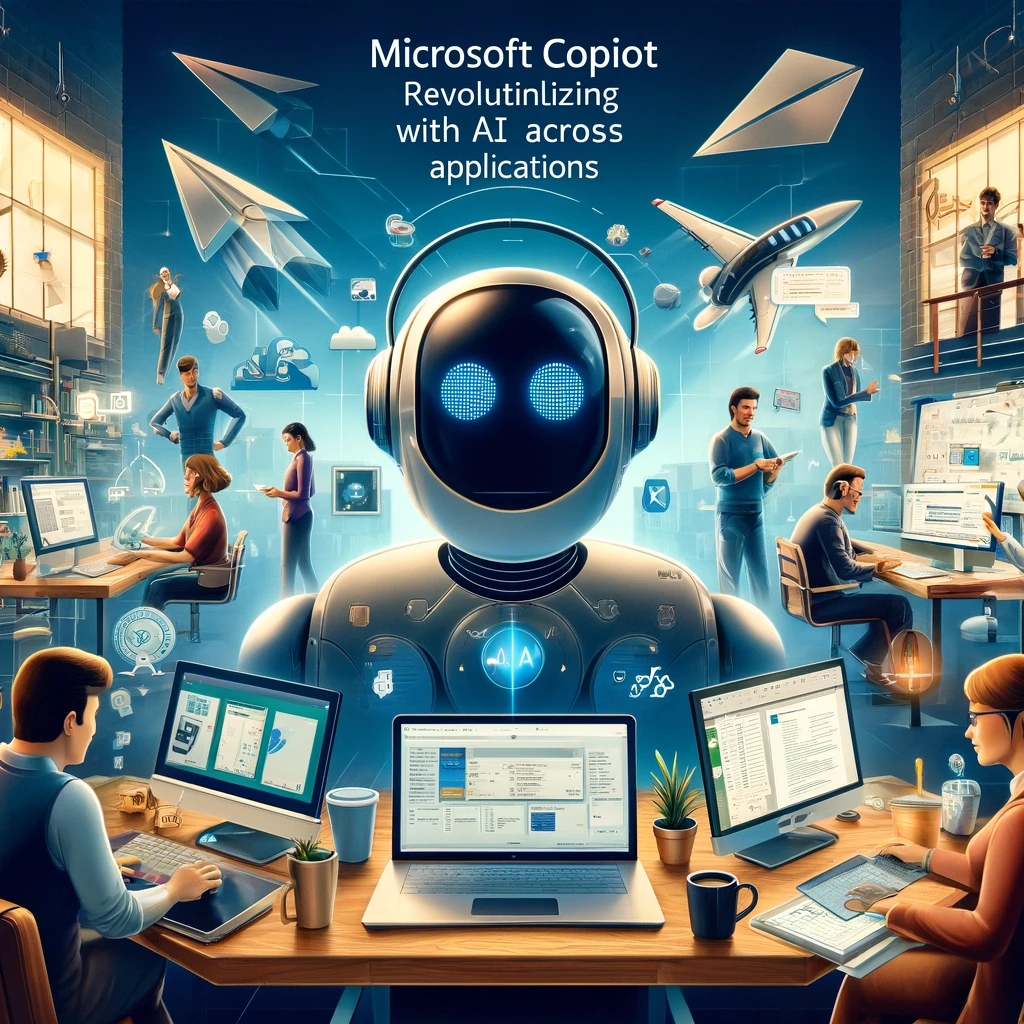
Microsoft Copilot represents a significant advancement in artificial intelligence integration within everyday software applications. As an AI-driven tool, it aims to be a versatile assistant across Microsoft’s suite of products, enhancing productivity and simplifying complex tasks for users worldwide.
At its core, Microsoft Copilot is designed to function seamlessly across various Microsoft applications such as Word, Excel, PowerPoint, Outlook, and Teams. This integration allows it to be more than just an add-on; it becomes an integral part of the user experience, fundamentally transforming how tasks are approached and completed within these platforms.
One of the primary functions of Copilot is to assist in content creation. In Microsoft Word, for instance, it can help draft documents by suggesting text, rewriting sentences, or summarizing lengthy paragraphs. This capability is not limited to simple tasks but extends to more complex requests, such as writing a report based on a dataset in Excel or generating a visually appealing presentation in PowerPoint. Copilot utilizes natural language processing (NLP) to understand context and generate relevant and coherent content, making it an indispensable tool for professionals and students alike.
In Excel, Copilot takes data manipulation and analysis to the next level. Users can interact with their spreadsheets using conversational language to perform functions that would typically require a deep understanding of formulae and Excel functionalities. Whether it’s querying data summaries, generating predictive analysis models, or creating complex graphs, Copilot handles these tasks efficiently, often with just a simple command.
Moreover, Copilot enhances communication in Outlook and Teams. It can suggest replies, manage emails, summarize conversations, and even help schedule meetings by coordinating with the calendars of multiple attendees. This AI-driven functionality dramatically reduces the time spent on routine tasks, allowing users to focus on more strategic activities.
Beyond these applications, Copilot is also integrated into Microsoft’s Power Platform, which includes Power BI, PowerApps, and Power Automate. In Power BI, Copilot assists in creating more dynamic and informative data visualizations. In PowerApps, it aids in app development, allowing users to build applications with little to no coding experience. Meanwhile, in Power Automate, Copilot helps streamline workflow automation, suggesting improvements and creating new workflows based on organizational usage patterns.
The implications of Copilot for collaborative work environments are profound. In Microsoft Teams, for instance, Copilot can transcribe meetings, highlight action items, and push relevant tasks directly into project management tools integrated within Teams. This level of integration ensures that all team members are on the same page, significantly improving project coordination and execution.
From a technical perspective, Microsoft Copilot is built on the latest AI and machine learning technologies. It leverages models like GPT (Generative Pre-trained Transformer) for understanding and generating human-like text and other AI models for specific tasks like data analysis and summarization. This deep integration of AI technologies ensures that Copilot remains adaptive and responsive to the needs of its users.
Privacy and security are paramount when it comes to AI tools that handle potentially sensitive data. Microsoft assures users of Copilot’s compliance with high privacy standards and robust security measures. Data processed by Copilot is managed according to the same strict protocols that govern all Microsoft products, ensuring that user information is protected against unauthorized access and breaches.
The future potential of Microsoft Copilot is vast. As AI technology evolves, so too will Copilot, with enhancements that could include even more personalized and context-aware assistance. The ongoing development of AI models promises to expand Copilot’s capabilities, which could eventually lead to nearly autonomous operation of complex tasks across all supported platforms.
In conclusion, Microsoft Copilot is not just an everyday AI companion; it is a transformative force within Microsoft’s ecosystem, designed to boost efficiency, creativity, and connectivity. By bridging the gap between advanced AI capabilities and user-friendly interfaces, Copilot democratizes access to powerful technology tools, making it easier for everyone to achieve more in the digital age. As it continues to evolve, Microsoft Copilot will likely set new benchmarks for AI integration in everyday applications, reshaping our interaction with technology in profound ways.
Image titled “Microsoft Copilot: Revolutionizing Productivity with AI Across Applications,” showcasing how Microsoft Copilot serves as an AI companion across various applications.